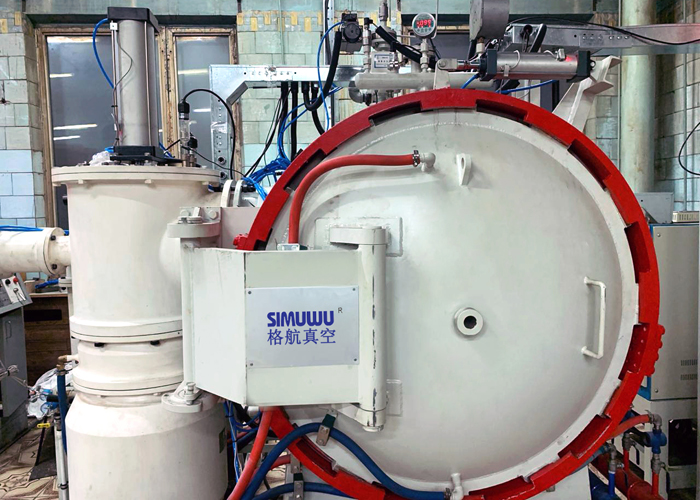

Vacuum Heat Treatment Furnace
Vacuum Sintering Furnace
Vacuum Brazing Furnace
(The article comes from the Internet. If reprinting is not allowed, please contact our company to delete it.)
Please send us your inquiry about the customization of other furnace types or related questions about vacuum furnace. We will reply you immediately. Thank you.
 Downloads
Downloads
All documents in the overview
 News & Press
News & Press
All news at a glance
 Request
Request
Send us a message
Email: contact@vacfurnace.com
Tel : +86-21-50878190
Wechat : 2210154395
Address: NO.1299, XinJinQiao Road, Pudong New Area, Shanghai, China.
Copyright © 2010-2021 Shanghai Gehang Vacuum Technology Co.,Ltd. All Rights Reserved.
Common vacuum heat treatment processes for tool steel
Common vacuum heat treatment process for tool steel
The vacuum heat treatment process has a huge impact on the structure and performance of tool steel. Different vacuum heat treatment processes have different effects on the same steel, and the same vacuum heat treatment process has different effects on different steels.
Vacuum heat treatment of hot working die steel
Hot working die steel refers to alloy tool steel suitable for making dies for hot deformation of metals. For example, hot forging dies, hot extrusion dies, die casting dies and hot upsetting dies. The wc of this type of steel is generally 0.3%~0.6%. In order to meet its repeated rapid cooling and heating working conditions, alloy elements such as W, Mo, Cr, and V need to be added to the steel. Hot working tool steel has many classification methods. According to the stress state of the mold, it can be divided into hot forging dies, hot upsetting dies, hot extrusion dies and die casting dies; according to the total amount of alloy elements, it can be divided into low-alloy hot working die steel, medium-alloy hot working die steel and high-alloy hot working die steel; according to the performance characteristics of the die steel, it can be divided into high-toughness hot working die steel, high-heat strength hot working die steel and strong and tough hot working die steel. When selecting hot working die steel, it is necessary to analyze the working conditions and performance requirements of the hot working die in order to select the material reasonably. The working temperature of the cavity surface of the common hot pressing die is 300~1200℃, and it also has to bear different types of loads during work. When the forging is in contact with the surface of the mold cavity, the mold temperature will rise, causing the mold to soften. Even in high-speed die forging, the heating rate of the cavity surface can reach 2000~4000℃/s.
Vacuum heat treatment of plastic mold steel

Plastic molds are indispensable parts in the plastic processing and forming process. They can generally be divided into injection molds for thermoplastic plastic forming and compression molds for thermosetting plastic forming. The working temperature of these two types of molds is generally 200~300℃. Although the strength and toughness required by plastic mold materials are not as high as those of cold working molds and hot working molds, they must meet the following properties: certain comprehensive mechanical properties, good processability, good thermal conductivity, low thermal expansion coefficient, and good hot working performance. In addition, in the actual processing, since other harmful elements such as chlorine and fluorine in the plastic may escape in the form of corrosive gas, thus corroding the mold, the plastic mold must have a certain corrosion resistance while meeting the heat resistance.
Learn More:
What Is Aluminum Vacuum Brazing
Titanium alloy vacuum brazing process
Why Switch To Brazing In A Vacuum Furnace